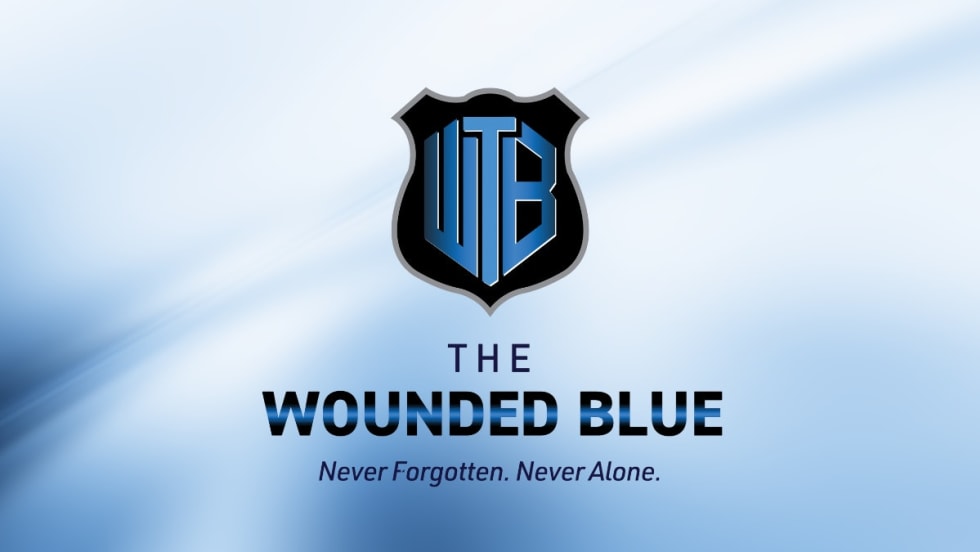Small said his agency has an Employee Assistance Program (EAP) that has seen a usage rate of 20%. He added that officers can’t just be told to “suck it up, buttercup” anymore. Younger officers do not respond well to that attitude, Small said, adding that if agencies want to retain officers beyond three to five years they need to evolve their attitudes and practices. “Things change and we need to change with them.”
Another issue that is affecting retention and morale is that many agencies have pay scales that are not designed to last through a career. Early in their careers officers realize that they have to be promoted to get a significant raise, according to Schnurstein. “There’s no carrot (once you max out the pay scale for your rank). After that, you’re just there,” he says. “We’re not rewarding longevity.” Schnurstein recommends that agencies set up their pay scales so that officers see increases over the course of a 20- to 25-year career even if they do not get promoted. He notes that some officers may not like such a scale because they would not max out their salaries until later in their careers.
Officer Safety
Finding ways to retain more officers and maintain personnel levels is about more than just covering calls. As the panel discussed, it’s affecting officer health. It’s also affecting officer safety.
Lt. Ebel, who trains officers how to respond to ambushes, worries that agencies are sending too few officers on calls because they need to cover more calls with fewer employees. “Stop being slaves to the 911 screen,” he said. “If you need to send more officers, then send more officers.” He warned that domestic calls can sometimes lure officers into an ambush. “Sometimes two officers is not enough,” he said.












